Well done to the staff and ‘Friends’ of St. Finbarr’s Hospital for organising the Garden Fete. A great afternoon was had by all!
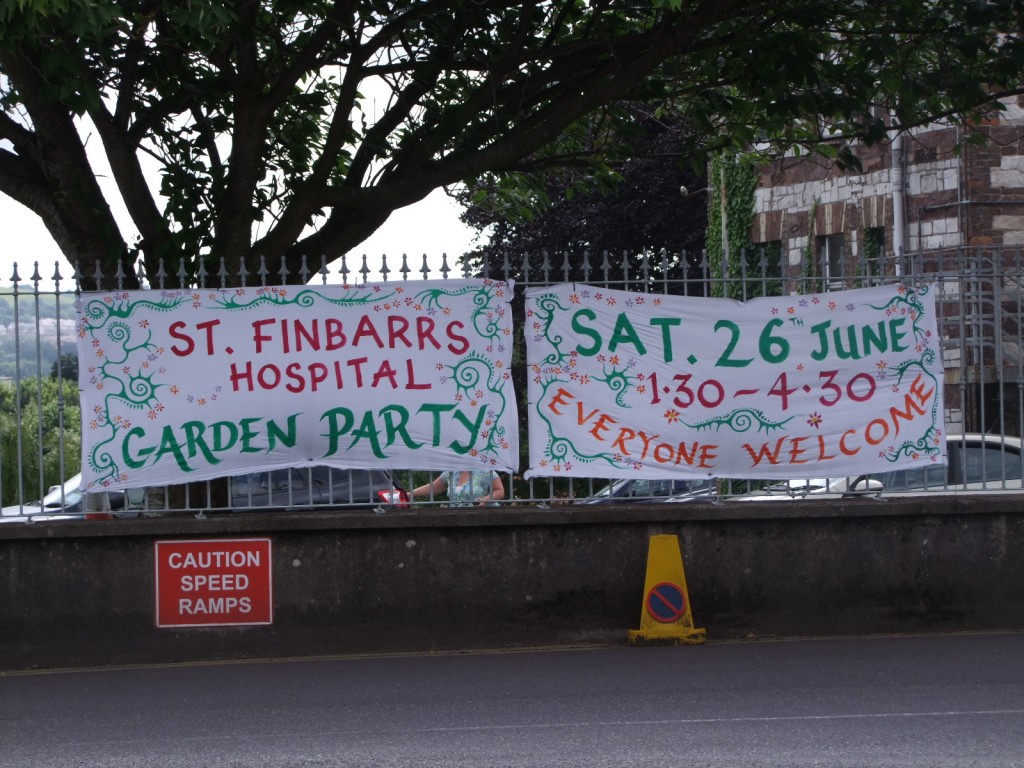
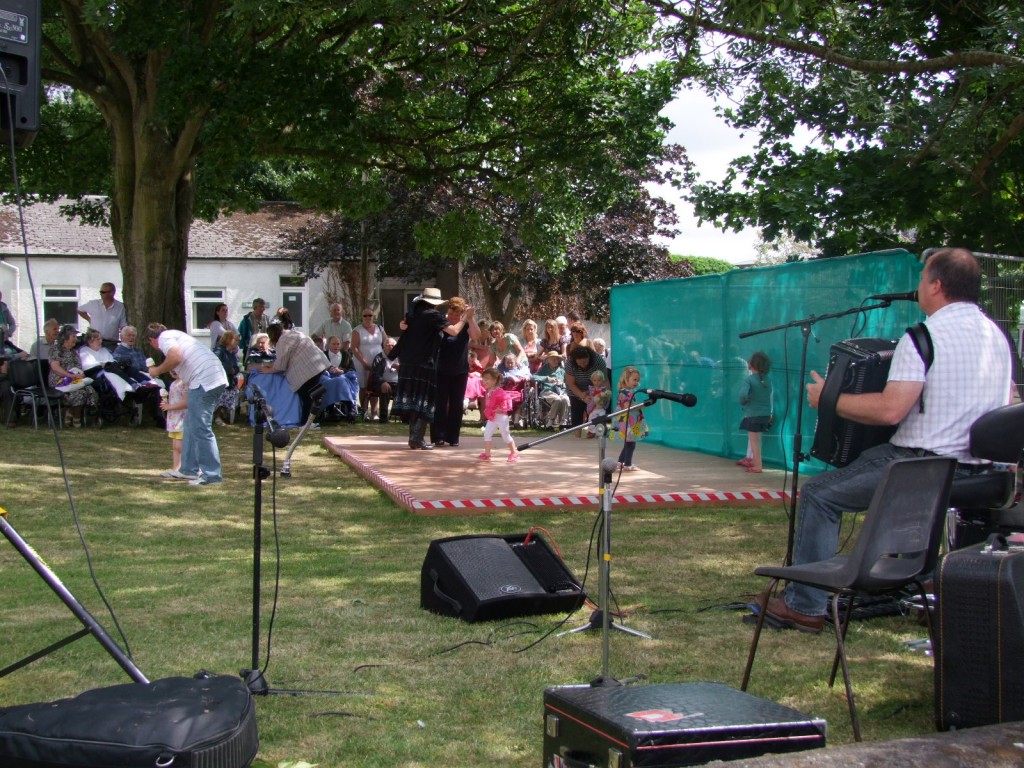
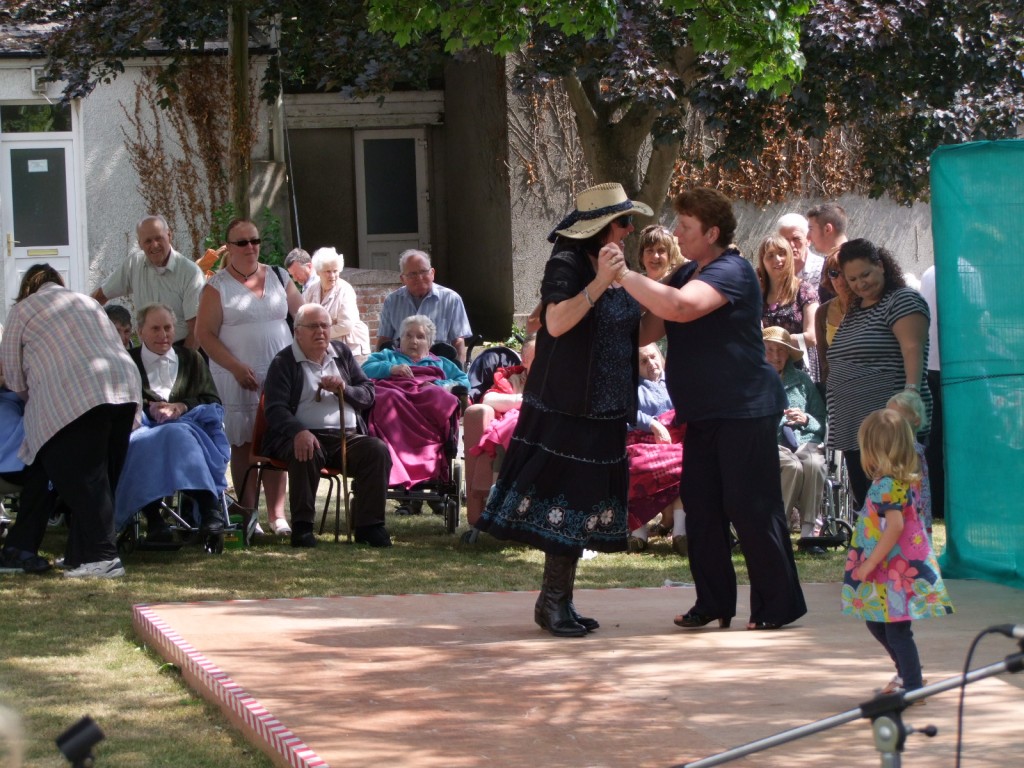
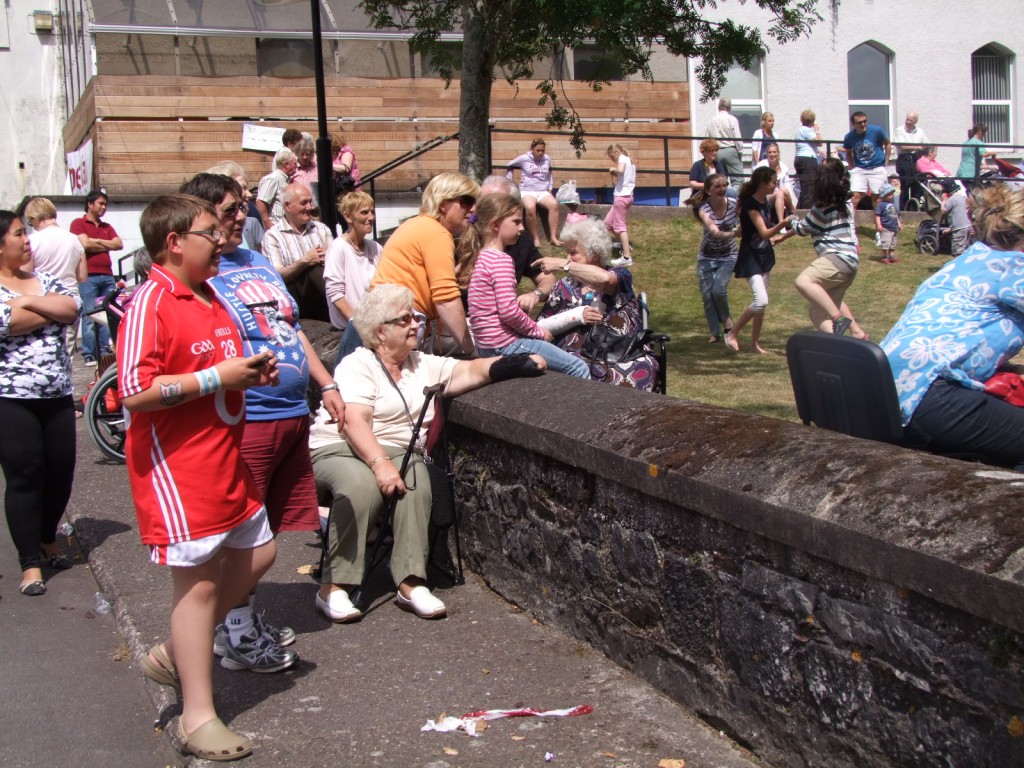
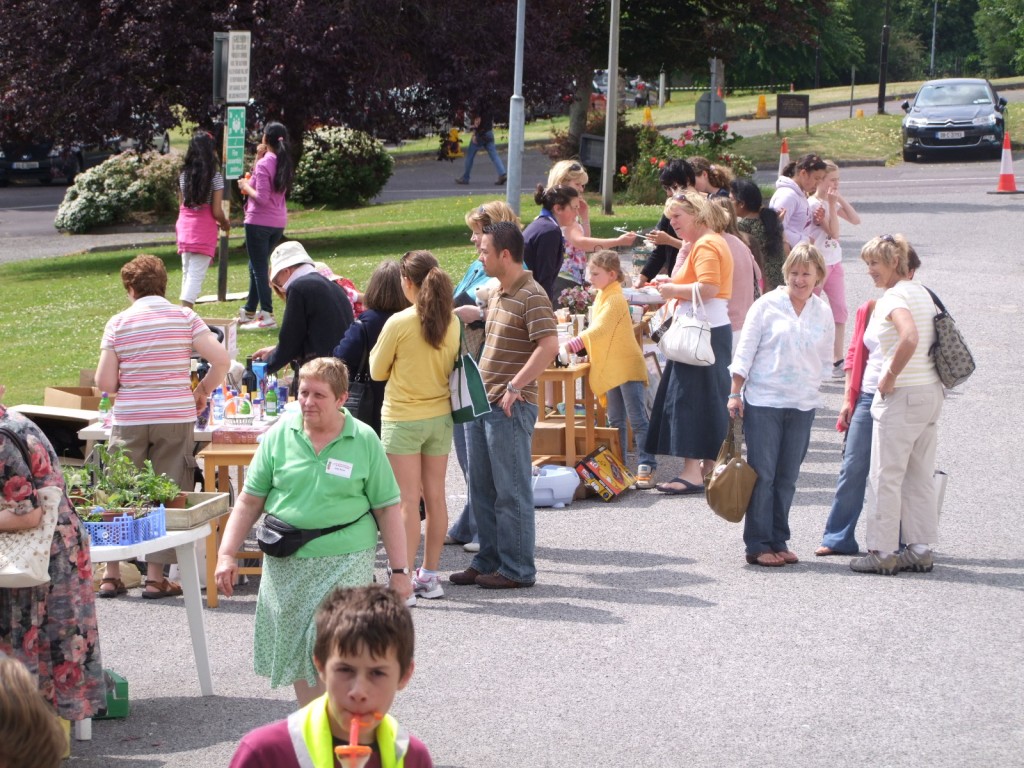
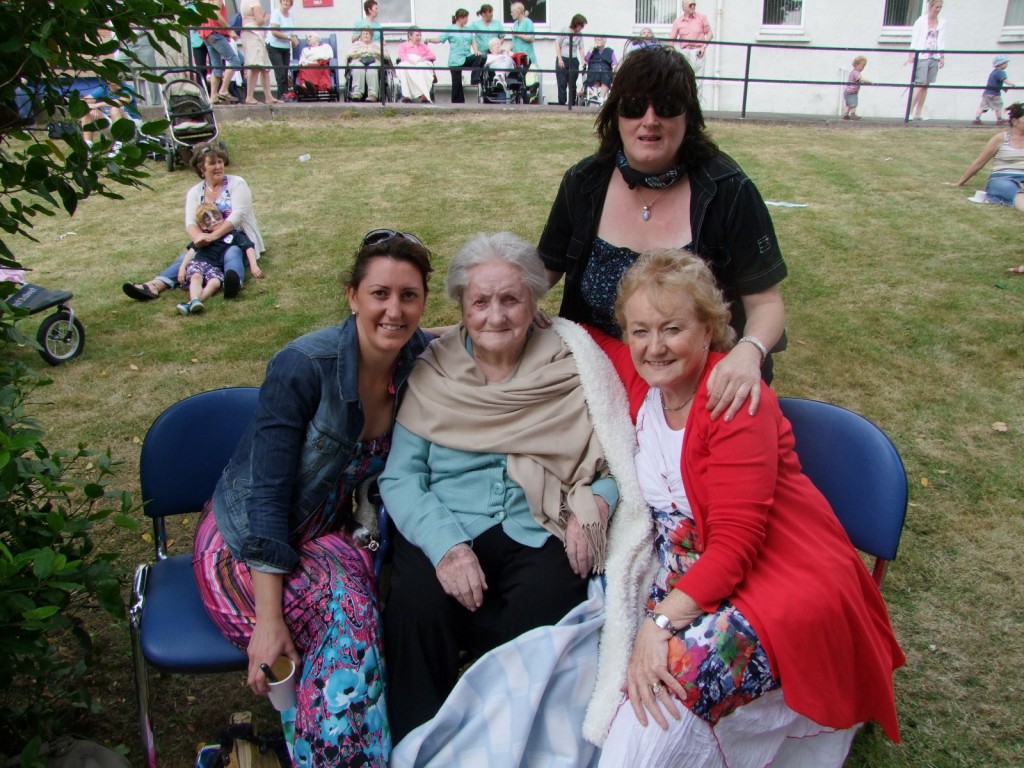
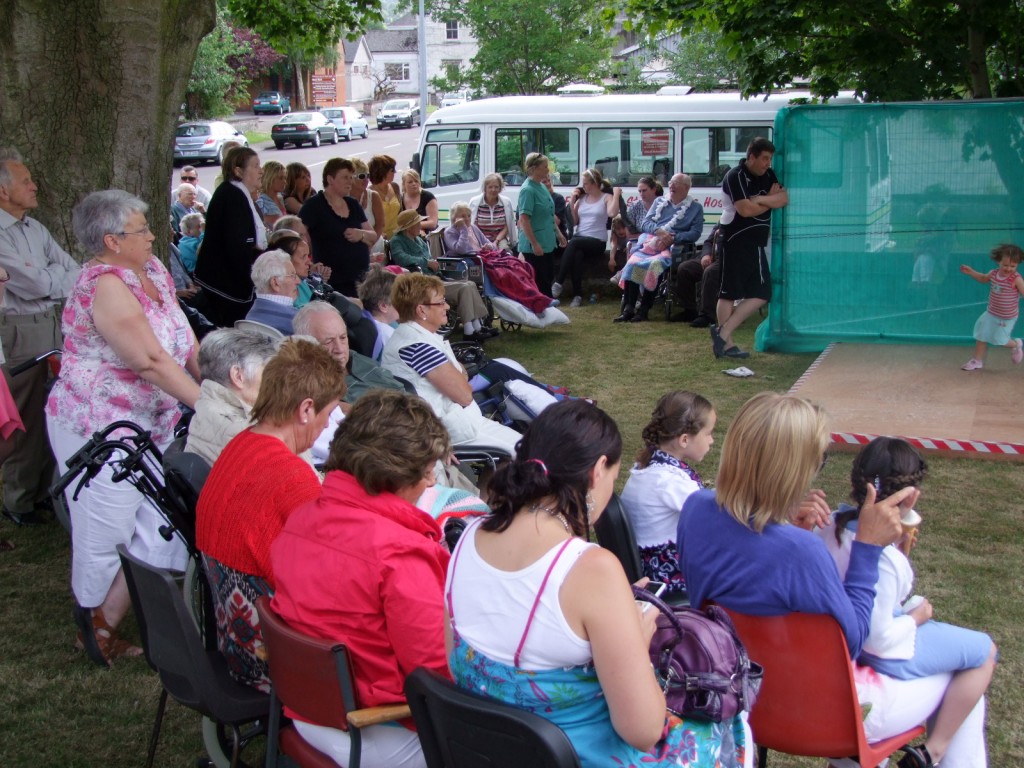
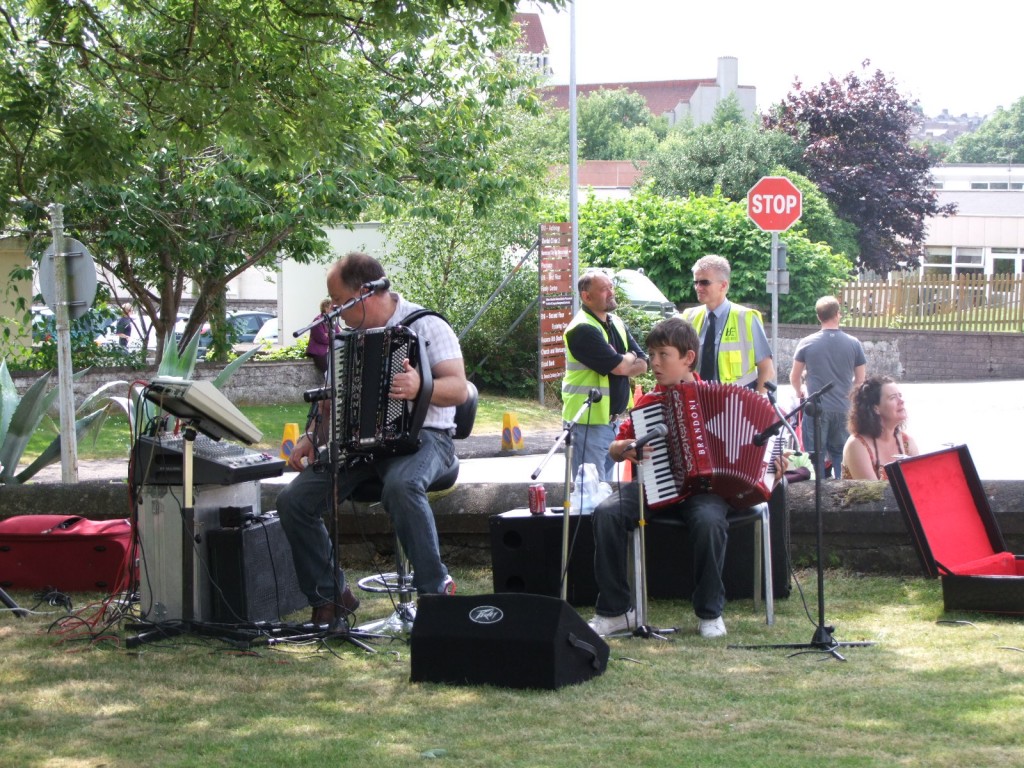
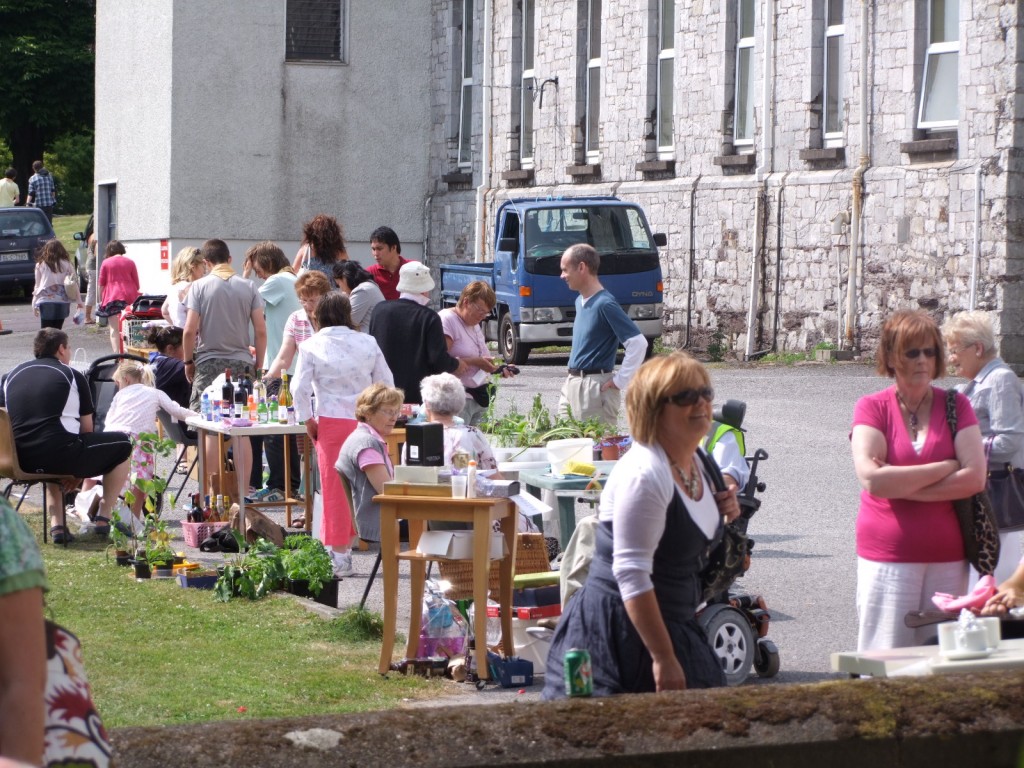
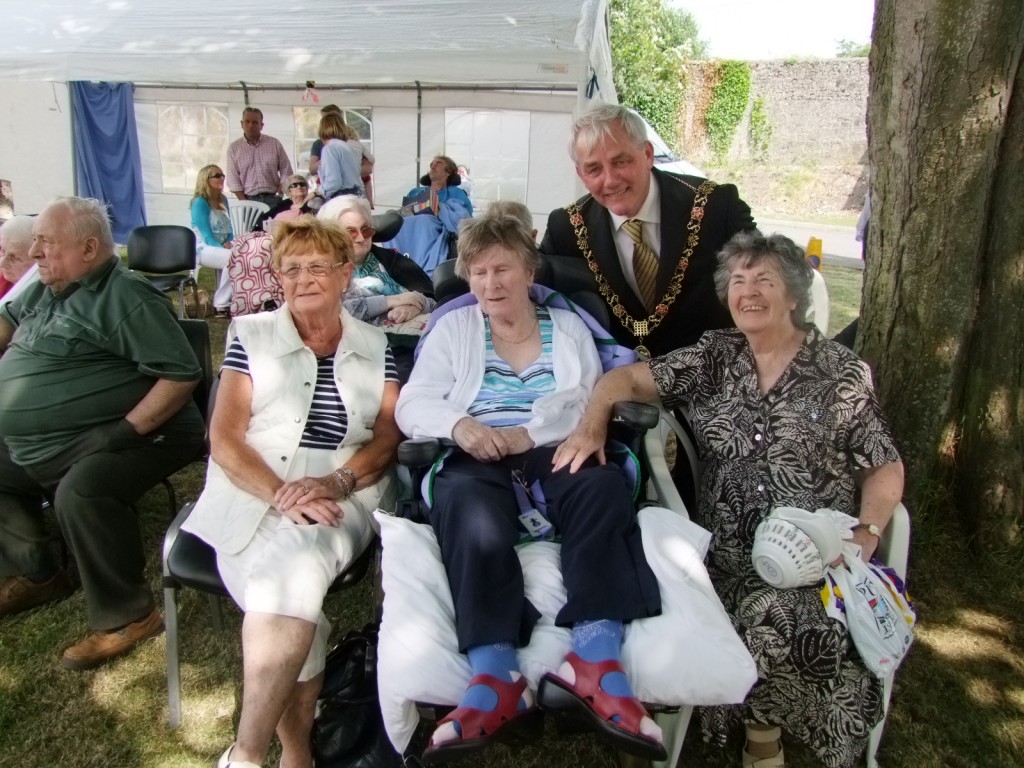
Well done to the staff and ‘Friends’ of St. Finbarr’s Hospital for organising the Garden Fete. A great afternoon was had by all!










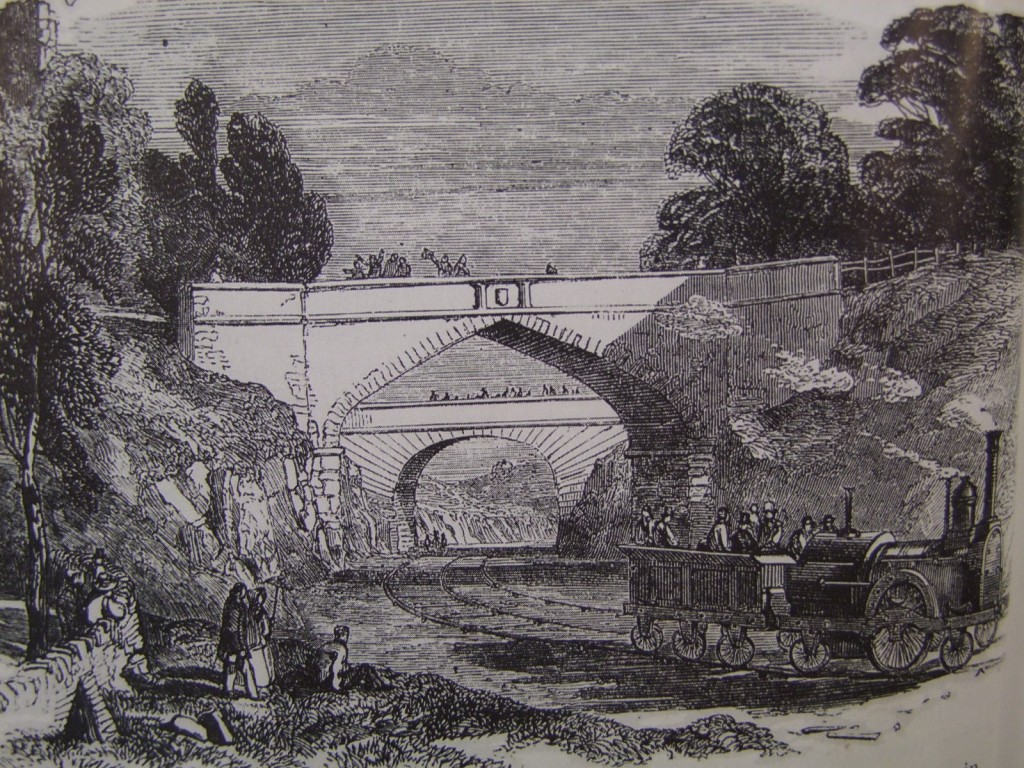
Historical Tours down the Railway Line
Interested in finding out more on the Old Cork-Blackrock and Passage Railway Line? Cllr. Kieran McCarthy, historian, will lead two tours of the old line over the next two Tuesday evenings, 29 June & 6 July, starting at 7.30p.m. at the entrance on The Marina side adjacent the Main Drainage station. The event is free and is open to all. Cllr. McCarthy noted: “South east Cork City is full of historical gems; the walk not only talks about the history of the line but also the history that surrounds it. It is also a forum for people to talk about their own knowledge of local history in the ward. The walk also forms an important amenity walk through the south east ward.”
The Cork Blackrock and Passage Railway was among the first of the suburban railway projects which opened in 1850. The original terminus, designed by Sir John Benson was based on Victoria Road but due to poor press was moved in 1873 to Hibernian Road. The entire length of track between Cork and Passage was in place by April 1850 and within two months, the line was opened for passenger traffic. In May 1847, the low embankment, which was constructed to carry the railway over Monarea Marshes (Albert Road-Marina area), was finished. In Blackrock, large amounts of material were removed and cut at Dundanion to create part of the embankment there. Due to the fact that the construction was taking place during the Great Famine, there was no shortage of labour. A total of 450 men were taken on for the erection of the embankment at the Cork end of the line. Another eighty were employed in digging the cutting beyond Blackrock.
Scenes from Mahon family fun night, Bonfire night. Well done to the organisers and the 1,300 people twho supported the event.
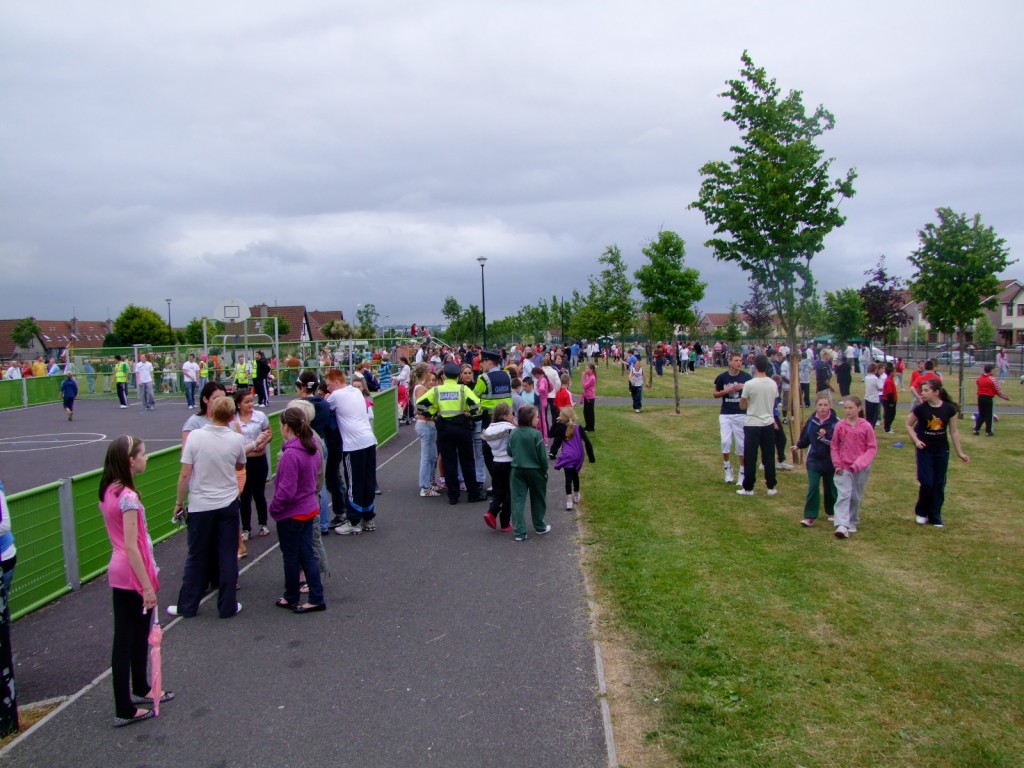



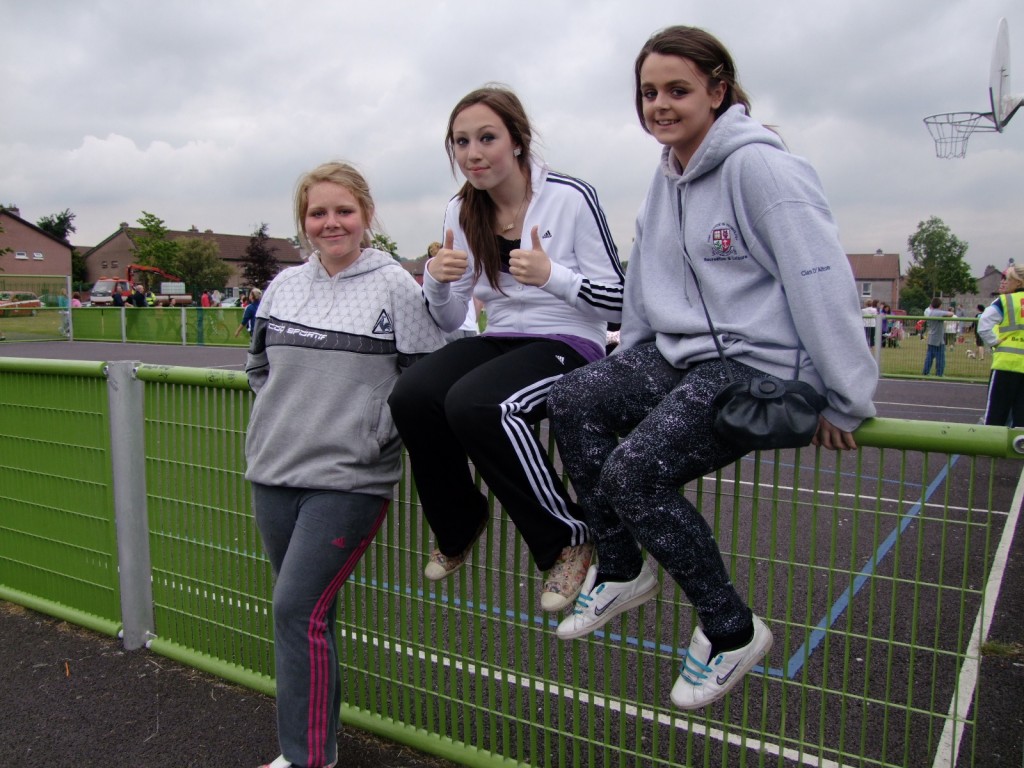












Summer Fun Nights, alternative family events on Bonfire Night, Wednesday , June 23rd supported by Cork City Council.
For the third year, Summer Fun Nights, alternative family-friendly events organised by local community groups in conjunction with Cork City Council, will take place again in parks city-wide on this Bonfire Night, Wednesday June 23rd. There will be something for everyone in five city parks including music, circus performance, sports, arts and crafts and much, much, more.
The parks where events are taking place include Kilmore Road Park, Knocknaheeny (6 pm to 9 pm), Pophams Park, Farranree (4 pm to 7 pm), Glenamoy Park, Mayfield (5 pm to 8 pm), Lough Mahon Park, Mahon (6.30 pm to 9.30 pm) and Clashduv Park, Togher (5.30 pm to 9.30 pm). In addition, a further four local community events are funded though Cork City Council in Kerry Hall Road, Bishopstown, Douglas and in Blackpool.
“With up to 7,800 people attending activities in 2009, the aim of Summer Fun Nights has been to support local community groups to provide alternative safe events on Bonfire night and is supported by An Garda Síochána”, said Valerie O’Sullivan, Director of Services, Recreation, Amenity and Culture, Cork City Council.
“These events are very much led by local community organisations which have come together and taken the initiative to organise events in their own area with the support of Cork City Council”.
Events are free, all are welcome and all events are alcohol-free. NB Children need to be accompanied by an adult.
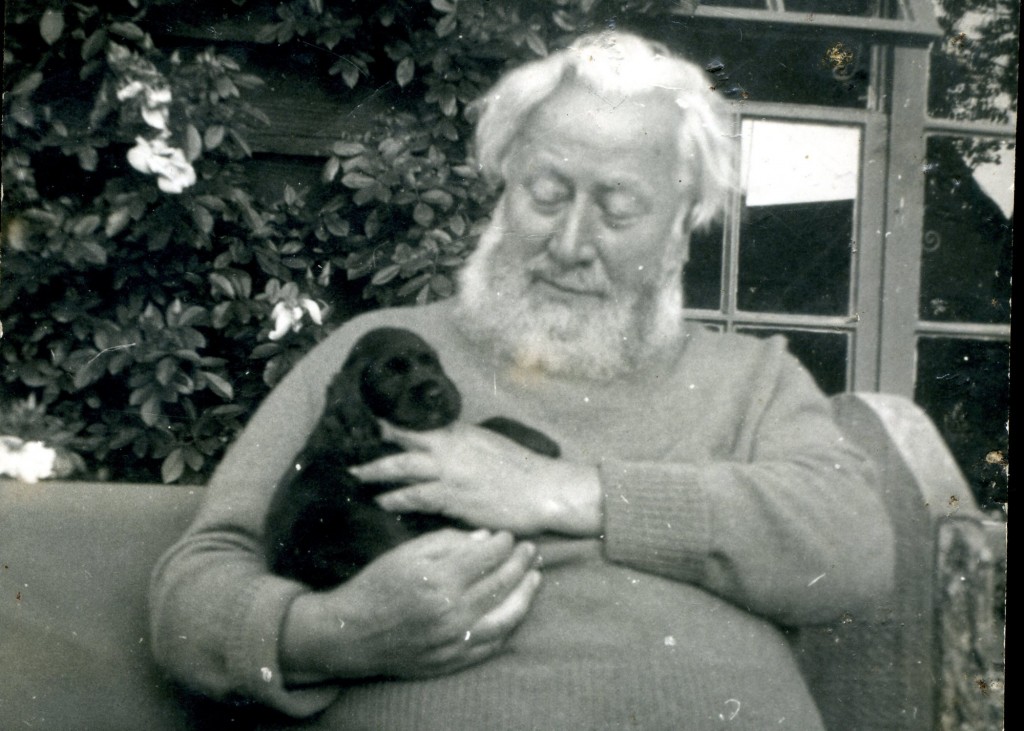
Kieran’s Our City, Our Town article, Cork Independent
A Labour of Love
Within the altar area of St. Peter’s Church, Carrigrohane lies a handsome marble dado which was erected in 1901, as a memorial to Rev. Robert Samuel Gregg who later became Primate Gregg. The dado is in panels of Cork, Carrara and Connemara marbles – red-white and green with artistically carved pattern. The chancel was also paved with mosaic.
On the right hand side of the altar, a memorial remembers Rev Edward Gibbings, Canon of Cork Cathedral in 1916 and Rector of Carrigrohane Parish, 1902-1924. The memorial evocatively invites one to reflect on the power of heritage in terms of faith and hope. The memorial notes: “Remembering without ceasing your work of faith, labour of love and patience of hope in our Lord Jesus Christ”. The elaborative carved eagle is in memory of Edward’s wife Caroline (nee Day) who died on 7 May 1907. She was the eldest daughter of Robert and Rebecca Day of Cork. Robert Day was an antiquarian, fellow of the Society of Antiquaries and a founder and president of the Cork Historical and Archaeological Society.
A son of Edward and Caroline was Robert Gibbings (1889- 1958). He became an Irish artist and author who was most noted for his work as a wood carver and engraver and for his books on travel and natural history. Martin J Andrews in 2003 compiled an elaborate autobiography of the man, entitled The Life and Work of Robert Gibbings from which I attained the following information. In addition, Cork’s Crawford Municipal Art Gallery recently presented an insighful exhibition of some of his work.
Robert grew up in the town of Kinsale where his father was the rector of St. Multose church and he developed a love of the wonders of nature and wildlife on the beautiful banks of the Bandon River. His love for boats and the sea was gained at an early age. He was greatly influenced by his maternal grandfather, Robert Day who was a passionate collector. His home, Myrtle Hill House, was a treasury of art and rare, interesting objects.
From early childhood Robert wished to pursue art as a career. This however was not in keeping with his parents’ wishes and it was decided that he should become a doctor. He began his medical studies in Cork University in 1907, the year his mother died. He studied medicine for three years at University College Cork before deciding to persuade his father to allow him to take up art. He studied under the painter Harry Scully in Cork and later at the Slade School of Art and the Central School of Art. Both the latter being premier art and design institutions in the UK.
During the First World War Robert served in the Royal Munster Fusiliers and was wounded at Gallipoli in the Dardanelles. He was invalided out and resumed his studies in London. In 1919 he married Moira Pennefather, daughter of Lieutenant Colonel Edward Graham Pennefather from Tipperary. He had four children withMoira. During this time, Robert’s illustrations began to appear in books. He provided the illustrations The Canterbury Tales and The Four Gospels and an edition of Pierre de Bourdeille’s Vies des Dames galantes (The Lives of the Gallant Ladies), tales printed by the Golden Cockerel Press. This small company was based in the countryside at Waltham St Lawrence in Berkshire.
Robert eventually bought control of the Golden Cockerel Press, and proceeded to publish a range of limited edition books, illustrated by himself and fellow members of the Society of Wood Engravers. Robert remained the proprietor of the Golden Cockerel Press from 1924 until 1933, when he sold it to a fellow native of Cork, Christopher Sandford.
However, financial pressures and associated pressures eventually led to a break-up with Robert and his wife. In time Robert married a second time. She was Elisabeth Empson, whom he married in 1937 and with whom he was to have three children. His work Blue Angels and Whales, was published by Penguin Books in 1938 and gave his talent for writing and illustrating much greater exposure. With the advent of World War II, Elizabeth and the children emigrated to Canada for safety reasons, while Robert taught book design and production at the University of Reading. In 1939 he built himself a punt, the Willow, and floated down the Thames. His observations on the countryside, the river and its natural history, were the fruits of months spent on the Thames, accompanied by sketch pad and microscope. Written at the time of the Battle of Britain, the book captivated readers, aware that the world it portrayed was under threat of being wiped out. It’s very positive reception led to further work on rivers, Coming down the Wye, Lovely is the Lee and Coming down the Seine.
The bearded figure of Robert Gibbings also became a familiar sight on British television, as was his voice to radio listeners, and massive sales of his books. It is said that David Attenborough remembers Robert as being one of the inspiring influences at the start of his career. Robert died at Long Wittenham on the banks of the Thames in January 1958.
To be continued…
Captions:
545a. Robert Gibbings, c.1950 Gougane Barra (pictures: Cronin family collection, Gougane Barra)
545b. Sculptured piece representing Robert Gibbings by Marshall C. Hutson, c.1944
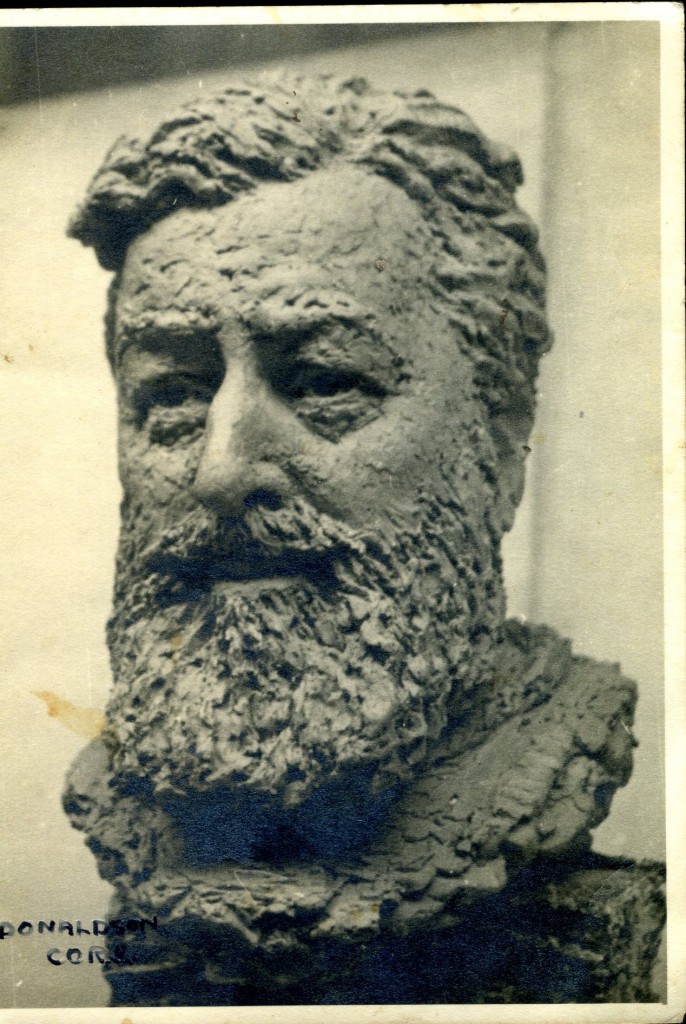
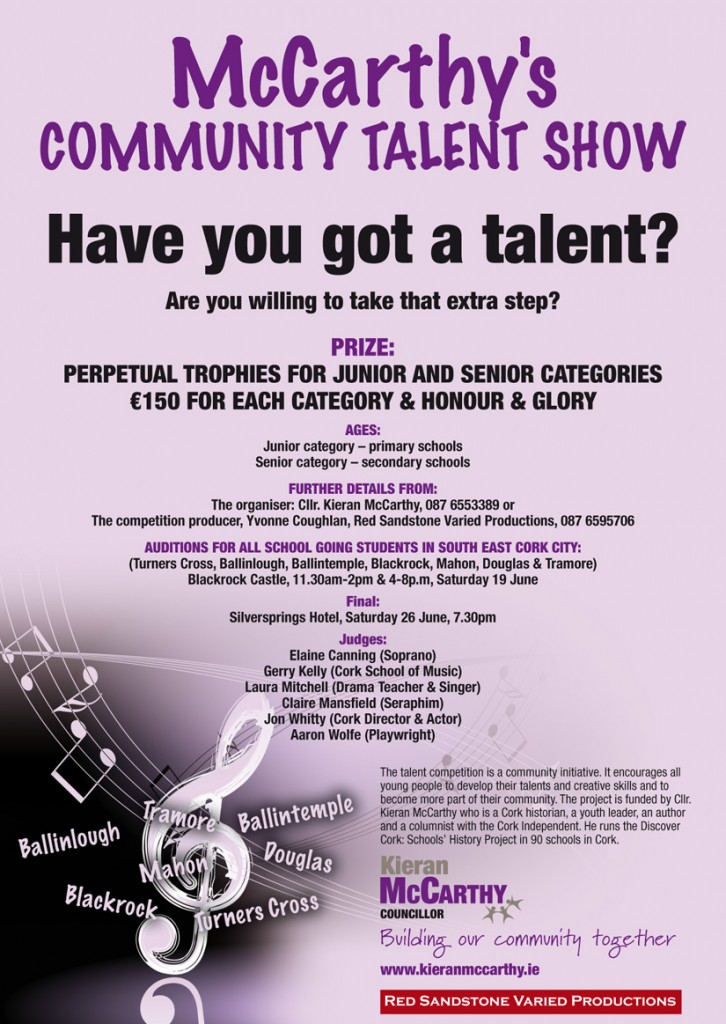
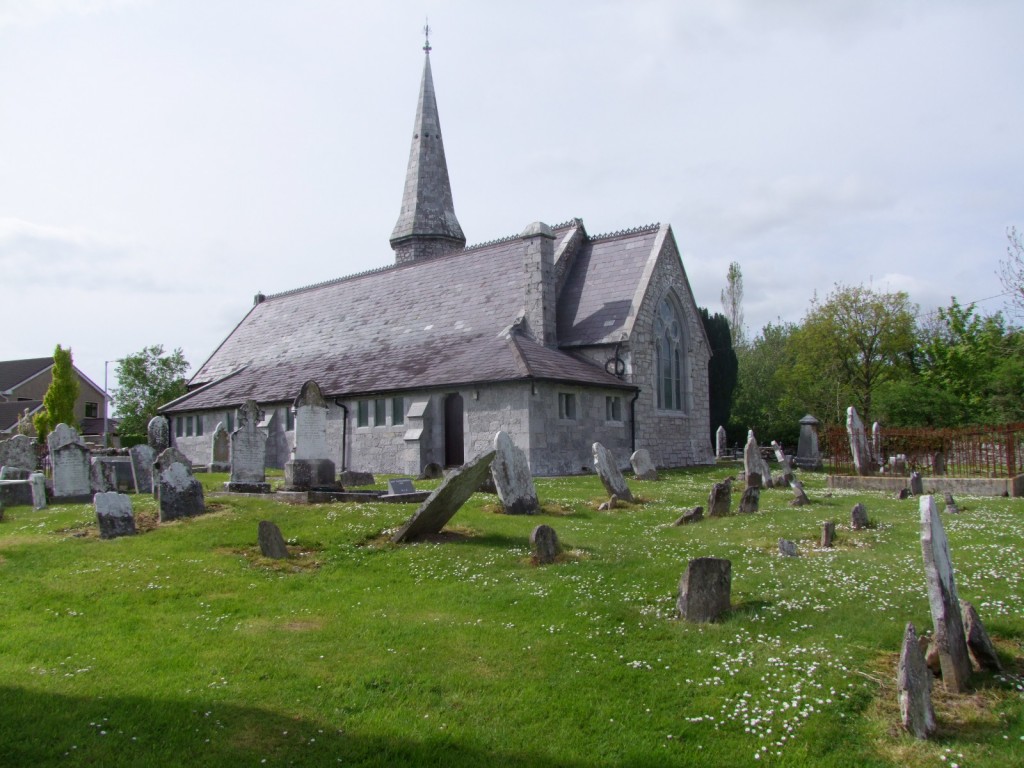
A Work of Faith
On my visits to St Peter’s Church, Carrigrohane, I am always impressed by the beautiful cut stone structure and spire. The Church for me offers a very good example of the power of architecture and its importance as a type of additional text which complements how one examines the power of landscape and all the memories it holds.
In 1896 the cut stone spire, replaced the 1851 timber and slate edition. The plans for this were completed by William Henry Hill of Cork. The Irish Architectural Archive outlines the background to William Henry Hill who brought another set of skills and memories to St. Peter’s. Born in 1837, he was son of the architect William Hill of Cork. He was educated at Hamblin and Porter’s School, Cork, before being apprenticed to his uncle, Henry Hill, from 1853 until 1859. In the latter year he was awarded the degree of Bachelor of Engineering from Queen’s College, Cork and the Royal University.
William Henry spent eighteen months as a draughtsman with the Board of Public Works in Dublin before being appointed inspecting architect for the Dioceses of Down, Connor & Dromore under the Ecclesiastical Commissioners in 1860. He was promoted to the southern district and held the latter post until the disestablishment of the Church of Ireland in 1870, when he set up in private practice in Cork. In addition to his privately commissioned work, he was diocesan architect for the Dioceses of Cork, Cloyne and Ross from 1872 until circa 1878. He was consulting architect to the Cork Lunatic Asylum Board for nearly forty years. In 1894 he was asked to report on the condition of the Cork Municipal Buildings, a structure that became Cork City Hall.
William was married to Marian (daughter of W.J. Tomkins) by whom he had four sons and seven daughters. His eldest son, William Henry Hill joined him in his practice in 1899. The National Architectural Archive lists 174 entries of William senior’s work, which includes the spire of St. Peter’s Church. His work at Carrigrohane came shortly after his four year design work on the Cork City Courthouse, which had to be rebuilt after a fire in 1891. In terms of spires and towers, he had worked on the design of the church spire of St. Luke’s Church in Douglas in 1884 and prior to that had designed St Mary’s Church in Sunday’s Well.
The spire of St. Peter’s Church, which was built in the late 1800s possibly needed to be replaced but also, probably heralded the advent of the twentieth century and probably was one of the last Gothic structures to be built in Ireland and that form of style filtered out. St Peter’s Church in Carrigrohane was to have a new image, an almost rebranding.
The term Gothic was coined by classicizing Italian writers of the Renaissance, who attributed the invention (and what to them was the non-classical ugliness) of medieval architecture to the barbarian Gothic tribes that had destroyed the Roman Empire and its classical culture in the 5th century AD. Beginning in 12th century France, it was known as “the French Style”, with the term Gothic first appearing in the Reformation era as a stylistic insult. The ideas of Gothic architecture were re-invented in the mid nineteenth century by English art critic and social thinker John Ruskin and architect Augustus Pugin. The re-invention became very prevalent in Britain and Ireland. The church in the Middle Ages was deemed a place that all people, regardless of class, could belong to. The various emblems with a Gothic cathedral represented the universe in microcosm.
In the late nineteenth century, society re-engaged with emblems of ideology and political debate that were attached to the gothic style. The emblems manifested in the actual stone itself. Gothic as a style was chosen as it could express and illuminate an idea. The sheer presence, size and weight of a Gothic stylised building within the landscape were enormous. A dramatic setting seems to be produced, which is one of the reasons why I was drawn to St. Peter’s. I like the way the spire seemingly lifts itself and the adjoining structure off the ground, reaching to the sky. The spire has a sense of nobility and a kind of majesty.
The vistas and height of a Gothic church was to bring one closer to God. The tall spires of medieval Gothic cathedrals expressed the human ambition to transcend the natural world and touch the supernatural realm. The experience of looking at one of the great gothic cathedrals is to look up towards God. Indeed, most Gothic structures emphasize the vertical, drawing one’s eyes upwards toward the heavens with the awesomeness of God. The effect perhaps is that the human eye also adds a kind of structural strength and solidity to the building. A positive and solitary atmosphere seems to be created.
Similarly, within the interior of St. Peter’s, within the chancel a positive atmosphere is also created and a combination of local history and religious symbolism also unite. There are a number of treasures here as well. The memorials, impressive carved oak communion table and pulpit offer their own memories.
To be continued…
Captions:
544a. St. Peter’s Church, Carrigrohane, June 2010 (pictures: Kieran McCarthy)
544b. St. Peter’s Church, Carrigrohane from Church Road
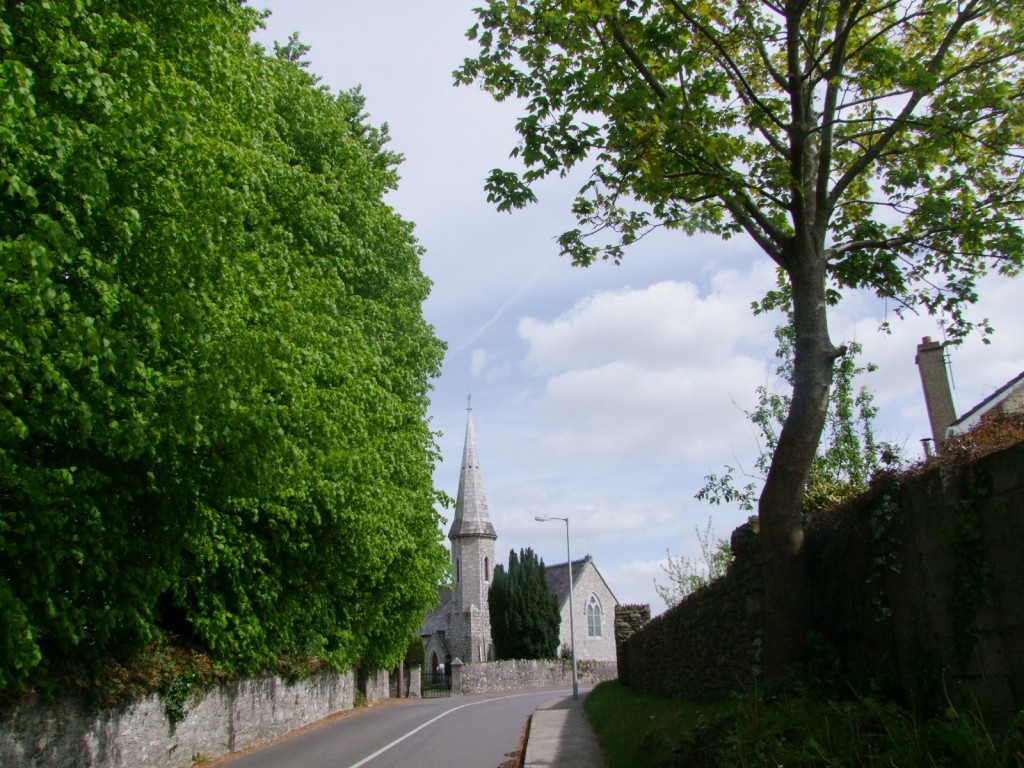
Kieran’s Comments on the GAA proposal, Cork City Council Meeting, 14 June 2010
It is indeed an interesting conundrum that the Council finds itself in. I stood up at the last Council meeting and commented on how the docklands plan is a fantastic vision. Docklands has brought City Council, Cork Citizens, Cork businesses to a new level of thinking of where Cork needs to go.
That vision now is at the point of engaging with reality, however, that reality is very different from the vision. The principal investor wound up in early 2009 with debts of E1.3 million. Their proposed development was across 4,984 hectares of the so called Marina Precinct in the Docklands. That company is now in NAMA; now unless there is another developer out there willing to take up the mantle – is the Marina precinct dead? Is the docklands dead?
I honesty feel that when the economy picks up, the docklands plan will be re-visited, maybe in 15-20 years time. I ‘m also conscious of the need to consider the 26,836 people looking for employment in Cork.
I’m offering my support to the Planning Strategic Policy Committee proposal to allow negotiations to continue on how the GAA proposal would be facilitated. I am doing this on the grounds that ultimately the docklands proposal will be scaled back I feel in years to come and a revised docklands will emerge.

Kieran’s motions, Cork City Council meeting, 14 June 2010
That the City Council fill in the pot holes in the town centre car park on Avenue de Rennes, Mahon (Cllr Kieran McCarthy).
In order to curb anti-social behaviour, that the hedges adjoining the green areas in Lake Lawn, Ballinlough be cut back (Cllr Kieran McCarthy).

The best fun I have had in a while. Well done to all the class acts that came to Cork this weekend to entertain the masses at Fitzgerald’s Park for the World Street Performance Championships. Great wit and great fun! Well done to the sponsors for their vision!
















